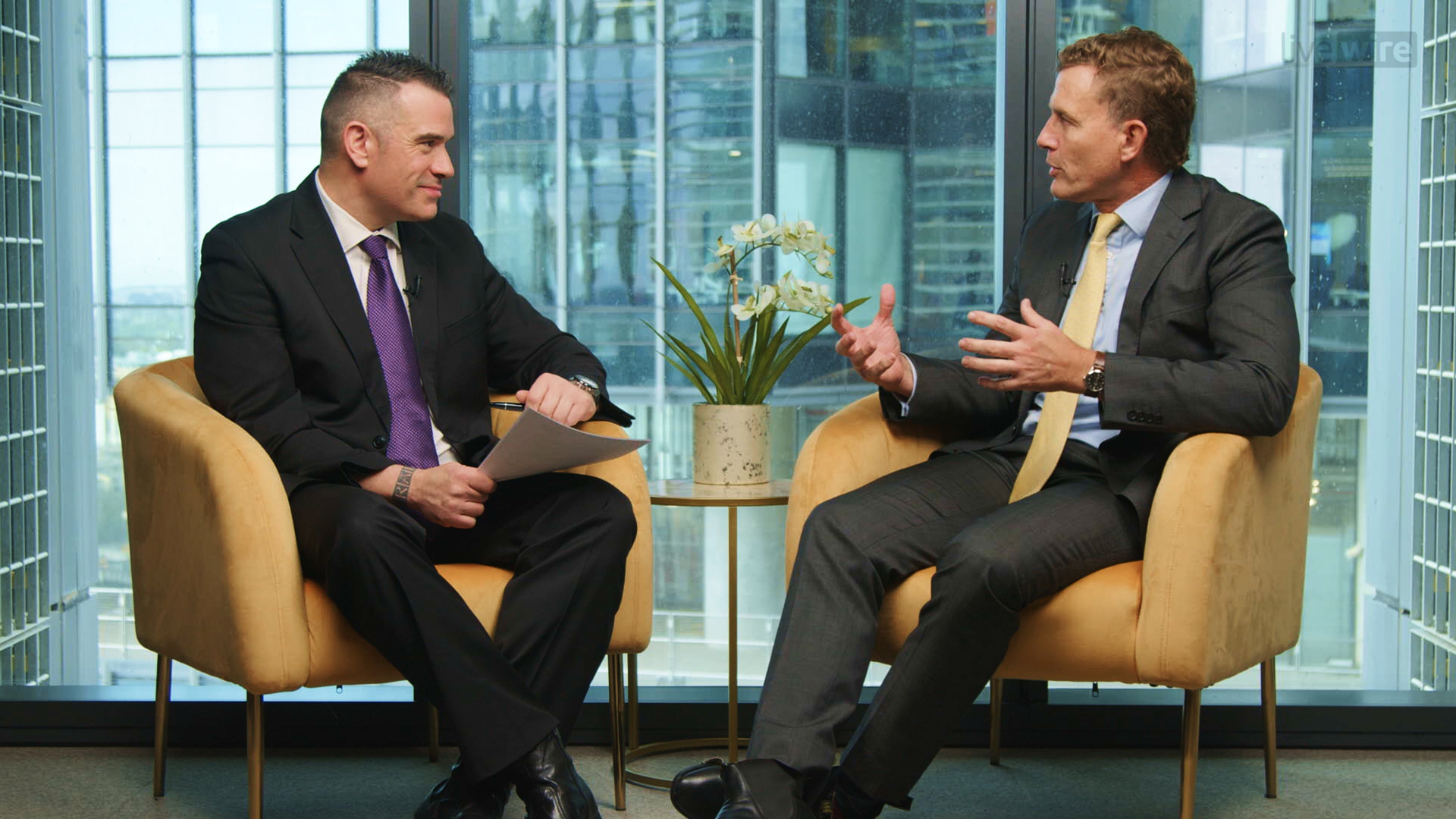The grey swans investors should be aware of right now (and how to navigate them)
If markets have proven anything over the past few months, it is that they are still willing to climb a wall of worry.
As Alastair MacLeod, Multi-Asset Portfolio Manager at Elston Asset Management, points out, last quarter was "action-packed", with markets digesting Liberation Day, a rolling thunder of tariff announcements, rising conflict between Iran and the US, and a spike in oil prices for good measure.
You wouldn't know it, however, looking at the end result for markets over the period.
"Fixed income and equities across the board were very strong, and our takeout was that markets are forward-looking", says MacLeod.
This is not to say that MacLeod is completely sanguine about markets, far from it. Indeed, there are a handful of risks - grey swans, he refers to them as - that require significant attention. These grey swans are known, visible risks, but one can't know exactly when or how they will manifest, according to MacLeod.
He cites the valuation of CBA as a grey swan risk, and recently penned a well-received article for Livewire on the topic. He also had the following to say;
"The problem is now there's this massive air pocket between where CBA's valuation is and where rational investors will start getting interested again. And maybe that's 50% lower".
The other grey swan? The unsustainability of US debt - the Golden credit card, as MacLeod calls it, that will need to be paid back at some point.
Of course, it's one thing to be aware of these risks; it's another to navigate them appropriately. In the conversation above, Macleod outlines Elston's current views on markets and how they have been shaping portfolios accordingly. Watch the video above or read the interview summary below to find out.

INTERVIEW SUMMARY
Grey swans: known risks with unknown timing
Unlike black swans - events that are completely unexpected - MacLeod draws attention to what he calls “grey swans.”
“They are risks that are there and present - you’re aware they exist, but you don’t know how they’ll manifest or the timing,” he explains.
“We’re turning more positive on a few near-term things, but we need to remain mindful of risks that are bubbling away.”
Two grey swans stand out for Elston: the extreme valuation of the Commonwealth Bank of Australia (CBA), and the unsustainable path of US government debt.
CBA’s valuation: “a massive air pocket”
One of MacLeod’s most talked-about views is on CBA, which he covered in a recent article for Livewire. While the bank has continued to rally, Elston has opted to stay out.
“In investing, it’s relatively easier to identify extremes in pricing,” he says. “And any measure shows CBA is in extreme territory.”
Elston’s decision to avoid the stock has been painful in the short term, MacLeod admits, but he believes the downside risk outweighs the upside.
“There’s this massive air pocket between where CBA’s valuation is and where rational investors will start getting interested again. And maybe that’s 50% lower.”
He continues: “That would be a price-to-book of about two times - probably reasonable value. If CBA is 12% of the index and it halves, that’s a big problem.”
For Elston, the key is avoiding what he calls a “permanent impairment of capital.”
The US debt “golden credit card”
The other risk Elston is watching closely is the rising US debt burden.
“On pretty much any metric, it’s on an unsustainable trajectory,” MacLeod says.
“The US has had this golden credit card - spending and stimulating pretty much unfettered.”
While the tipping point is unknown, history offers clues.
“There’s no prescribed level for when the bond market will push back,” he notes. “But I think it’s a certainty that it will.”
This echoes the concept of bond vigilantes - investors who demand higher yields when fiscal excess gets out of hand.
In anticipation, Elston is already making adjustments in its defensive allocation.
“We’ve been trimming [duration] more to make it less sensitive to if there is a spike in interest rates,” says MacLeod.
Why Elston is more positive - for now
Despite those major risks, Elston has turned cautiously optimistic over the next six to 12 months.
“The US economy doesn’t seem as bad. A recession looks like it will likely be averted. And on tariffs, we’re seeing deals negotiated with Japan and Europe.”
He adds that exporters into the US, such as Japanese manufacturers, appear to be absorbing tariffs rather than passing them on, helping dampen inflationary pressures.
“All of those things feed into this: the inflationary pulse in the US won’t be as acute as feared. That means the Fed can stimulate.”
In other words, a softer landing is now more plausible.
Active tilts and portfolio moves
While Elston’s blended portfolio has stayed relatively steady, the team is keeping cash levels low and selectively reallocating.
“We’re opportunistically looking to take advantage of opportunities as they arise,” MacLeod says.
On the income side, Elston has recently increased exposure to Australian equities to capture the dividend season, trimming some global equities and listed property exposures.
“It’s more of an opportunistic tilt. That’s what that series is designed to do,” he explains.
The team is also warming up to residential mortgage-backed securities (RMBS).
“You're getting a reasonable spread… it’s often AAA-rated, very liquid, and with yields higher than they’ve been. That presents an interesting opportunity.”
Final thought: uncertainty = opportunity
MacLeod leaves investors with a mindset shift: uncertainty isn’t a reason to retreat, it’s a call to engage.
“The word that kept being repeated in the second quarter was 'uncertainty'.
And I think investors need to rewire their brains: when they hear uncertainty, think opportunity.”
For Elston, that means staying alert to grey swans, seizing pricing dislocations, and leaning on defensive assets when needed, while never forgetting that, over time, markets reward those who can separate signal from noise.
4 topics
2 contributors mentioned

